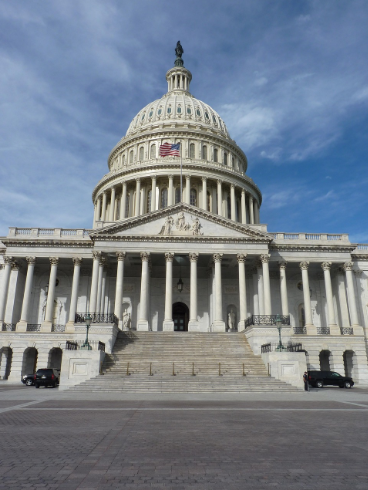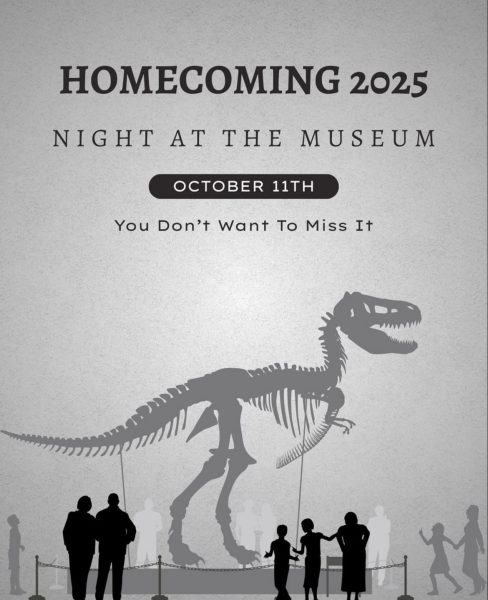Sneak Peek at a Controversial Form of Therapy: The Use of Hallucinogens
According to the National Institute on Alcohol Abuse and Alcoholism, in 2015, 15.1 million adults had an alcohol use disorder (AUD). Six point seven percent received treatment.
According to the U.S. National Library of Medicine, medicines and behavioral therapies are common addiction treatments. Could there be another was to treat this disorder and many like it? There is, although it is not the answer some expect.
According to the U.S. National Library of Medicine – National Institutes of Health, psychoactive drugs (LSD, ecstasy, marijuana, etc.) can treat a variety of disorders, addictions, and mental health problems. This includes alcoholism, stress related to death, and mood and anxiety disorders. Controlled trials have shown that high doses of Lysergic Acid Diethylamide (LSD) can have a beneficial effect on people who suffer from alcoholism.
According to the National Institute of Drug Abuse, LSD is a “clear or white odorless material made from lysergic acid, which is found in a fungus that grows on rye and other grains.” Though it is not clear why, many studies have proven that LSD relieves patients of their addictions.
Sophie Carey, a senior at Arrowhead, says, “It seems reasonable that hallucinogens can break cycles like in addiction or anxiety disorders, and the evidence that hallucinogens aid PTSD sufferers in confronting trauma indicates that these drugs can have a positive effect in people’s lives. Research dating back to the 60’s show hallucinogens as helpful treatments, especially in psychological disorders,”
Although hallucinogens (such as LSD) are illegal in the United States, research facilities have received permission from the FDA to experiment with the effects of drugs.
“If we are going to have people battling addiction and we take away the source of their comfort, we are going to have to look at alternative treatments,” says Paula Nordwig, Arrowhead school nurse and former EMT.
Nordwig says her husband has “been battling mental illness for a long time.” In terms of treatment, they chose to use electroconvulsive therapy.
“If we went back to the 2000’s and he was in the same condition as he was then and this was happening, that [hallucinogens] might be one of the alternatives,” she says.
According to The Public Broadcasting Service, more doctors are testing this controversial alternative to traditional therapy methods. According to PBS, Dr. Michael Mithoefer and his wife Annie, a nurse, live in Charleston, North Carolina. They are testing the effects of MDMA, or ecstasy, on people who have post traumatic stress disorder (PTSD). One of their patients, Jonathan Lubecky, found the Mithoefers on his personal journey through living with PTSD. After two sessions of using MDMA, his symptoms were “virtually gone.”
“Rogaine was originally a heart medication and they found out people started growing hair. There’s always times when there’s a medication that comes out and happily, accidentally, they find out that it also helps this condition as well. That’s what I think is happening with this,” says Nordwig.
“If the U.S. can spend $160 billion on research and development of manmade pharmaceuticals, I think they could do some more research on hallucinogens as a treatment for 13 million sufferers of PTSD and 20.6 million people suffering from addiction in the U.S., and addiction costs the US about $200 billion per year,” says Carey.
Nordwig says she believes there is a possibility that LSD and similar drugs will be moved to a C2 level.
“C1 is a controlled substance that has no medical use. C2 is a high possibility of addiction. Your morphines, opiates, things like that are in there. I would like to see LSD and other hallucinogens move down to the C2. That means it is going to be very closely monitored. Doctor’s aren’t just going to be handing it out like candy. If studies can prove that there is a medical benefit for people, let’s use it.”
For now, the American public is only seeing a sneak peek. This controversial form of therapy is being tested, but is not be ready to be released to the public.
“I know there’s going to be a stigma with it. But you know what? There’s a stigma to mental illness, and there’s a stigma with addiction,” says Nordwig.









